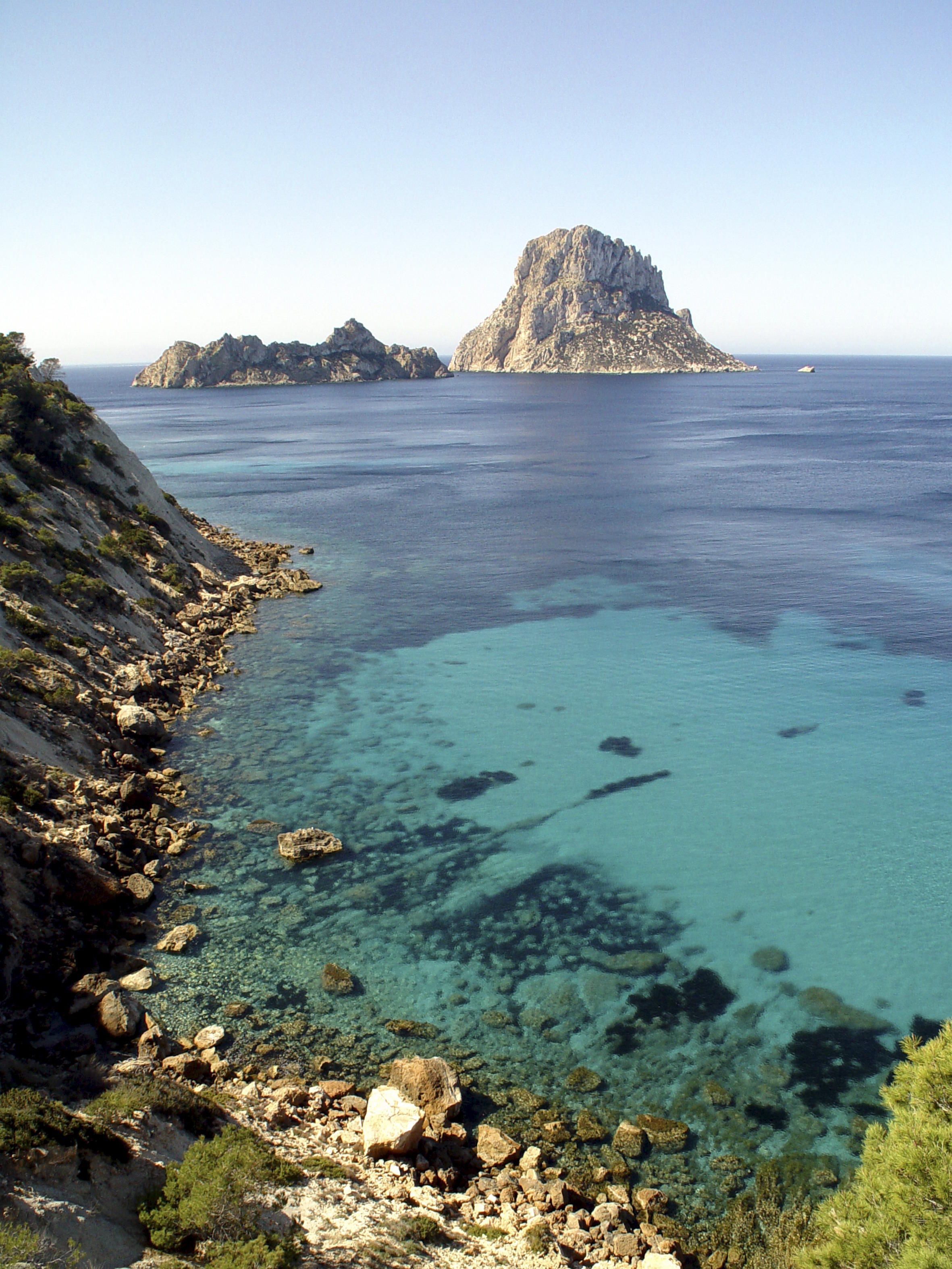For the common folk, Ibiza closes up shop in October. It's as if the entire island is swallowed by the sea of oblivion once the tourist season ends. Or as if a thick curtain has been drawn over it, the great Spanish star of sun and beach tourism, until the heat calls it back to the stage. Of the 350,000 souls that can occupy the island in August, only about 162,000 remain, the locals. But also, increasingly, the outsiders, those foreigners who have chosen the largest of the Pityuses as their permanent home (according to the INE, the number of permanent residents has increased by 62% in the last 20 years). There must be a reason for that.
It must be, at least in part, because of its mild autumn, which still offers options for swimming, but, above all, unveils a more authentic Ibizaaway from the party scene, where events like the Salt Fair (from October 17 to 20) take place in the Ses Salines Natural Park and the town of Sant Jordi celebrating the salt origins of the area with cultural, gastronomic, and leisure activities.
Salt flavored with essential oils and flowers from the Laire by Irene Apolo brand.D.R.
Sant Josep de sa Talaia, a Municipality of Contrasts
Both are part of Sant Josep de sa Talaia, the largest of the five municipalities on the island (in the south and southeast), which paradoxically hosts some of the most touristy places per square meter in summer (the airport and part of Playa d'en Bossa, among others) and others as little known and visited as the archaeological site of ses Païsses de Cala d'Hort or the dozens of trails in the aforementioned natural park, a unique ecosystem where human activity dialogues permanently with nature, a must-see. In fact, the salinas and everything around them are more than enough reasons for a getaway to the island.
Demonstration of the traditional salt extraction method during the fair held in October.D.R.
One of the 16th-century watchtowers along the path in the Ses Salines Natural Park.D.R.
The stroll, which finds in autumn the most agreeable temperature of the year, can start from various points, but is especially complete if undertaken at the Torre des Carregador, the characteristic monument that marks the southern end of Playa d'en Bossa, and ends at Sa Canal, at the end of Salinas Beach. There, the La Nave Salinas Foundation has transformed an old building into an art exhibition center.
The salt from Ibiza that stays at home instead of flying to the Faroe Islands (one of its main destinations) has developed, thanks to the growing interest in gourmet products, interesting symbioses with native plants and other flavorings like chili, saffron, curry... From the estate that the Can Rich wineries have in the Ses Salines Natural Park, come organic wines, premium olive oils, and, of course, Ibiza salts. We tasted them among olive trees, on local bread, as the winery offers guided tours and product tastings. Noteworthy is their award-winning Malvasía sparkling Blanc de Blancs Extra Brut, original and addictive.
Can Rich produces organic wines and premium olive oils.C.R.
Time Travel with Sunset Views
If a visit to Cala d'Hort to enjoy the sunset in front of the iconic islet of Es Vedrá is a must, in any season (though you miss out on the dishes of the homonymous restaurant, closed until May 2025), another lesser-known enclave of Sant Josep de Sa Talaia, very close by, transports us to another Ibiza, one that extends between the 5th century B.C. and the 7th century A.D. The Punic-Roman settlement of ses Païsses in Cala d'Hort, within the natural reserve, witnessed the same spectacular sunsets that we see today. Two buildings and two necropolises, one Punic (20 rock-carved tombs) and one Byzantine, dominate the scenery of the place, along with the huge Roman cistern. Tip: better with a guide. And even better if that guide is the archaeologist Juanjo Marí Casanova (phone 649 30 60 61).
And where to sleep? There are now many options to secure that essential aspect of the getaway, rural houses and urban hotels open all year round. But if you want a front-row seat on the beach to enjoy the (now early) sunset, stay at Can Salia, on the coast of Cala de Bou, promising to lay the best at your feet. Their cuisine updates tradition, a plus for a getaway with a lot of salt flavor.
